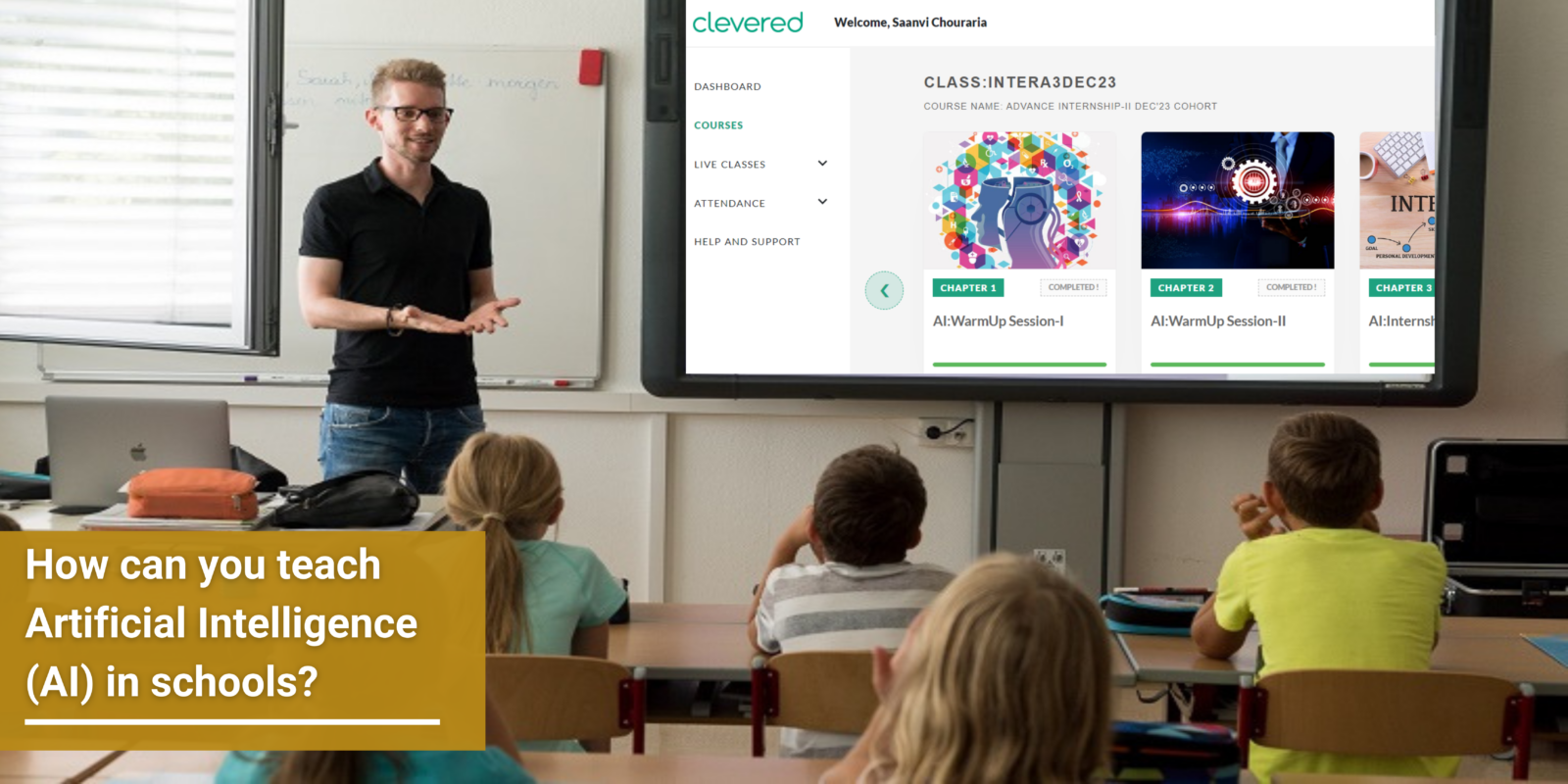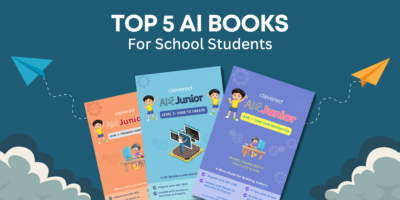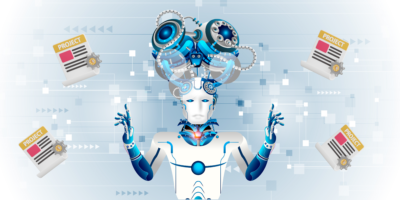In today’s world AI is rapidly advancing and performing our day-to-day tasks with ease. This is becoming crucial to teach children about the fundamentals of AI and equip them with imperative coding skills to thrive in the future.
Studies have shown that by 2025, an approx of 97 million people will be employed in the AI sector. These statistics show the importance of introducing the necessary knowledge and skills in AI education and coding.
Having Coding and AI as a part of the school’s curriculum is no longer a good-to-have factor. It has become a must-have factor as education policies across the globe focus on making students AI-literate.
As a result, many schools are strengthening their students’ future by incorporating AI education and coding into their academic curriculum. Artificial Intelligence in classrooms assists students in learning 21st-century skills and prepares them for an AI-powered age.
Significance of Teaching Artificial Intelligence in School
When schools incorporate Coding and AI in their curriculum, they hone skills in students that are essential for thriving in the digital world. Since AI will play a pivotal role across different sectors and industries, introducing students to AI early makes them aware of its importance.
Another important significance of teaching Artificial Intelligence in school is that it helps students develop skills beyond technical proficiency. Right from critical thinking to problem identification and solving, students develop certain skills that allow them to make informed decisions.
Students also learn to evaluate the ethical use of AI which is of immense importance. In any future endeavor, students who are acquainted with the responsible use of AI are better equipped to tackle any given situation.
Let us now take a look at why teaching Artificial Intelligence in schools is important.
Benefit for students
1. Fosters creative and out-of-the-box thinking
AI is used to solve problems. Whether it’s theorem or chemical equations, students don’t get much opportunity in other skill subjects to solve problems differently. While traditional education often makes students’ imagination, AI exposes students to limitless possibilities of handling the same question in many different ways.
2. It makes students prepare an unbeatable profile
When students are exposed to Artificial Intelligence in the classroom early on, they gain an edge over other students when it comes to college admissions or even progressing in their chosen career path.
Students who possess a sound knowledge of AI and its application gain a competitive edge. Participation in hackathons and other global events, working on different AI projects, and AI internship experience- all of these add up to creating a student profile that doesn’t fail to impress.
One of the leading AI Internships that high school students benefit from is Clevered’s AIIP in association with Oxford University’s (retd.) Senior Researcher. Experience Letter, Letter of Recommendation from Oxford’s Senior Researcher helps students make it to top universities.
Benefits of teachers
Introducing Artificial Intelligence in the classroom benefits teachers as much as it empowers students. AI tools help teachers build personalized learning experiences for students, identify gaps in students’ learning, and provide constructive feedback.
Teachers also get the freedom to introduce Artificial Intelligence across different subjects to make learning hands-on and enjoyable.
Now that we know the benefits of Artificial Intelligence in schools, let’s take a look at the resources that help schools introduce coding and AI curriculum.
What do you need to teach AI and coding in school?
1. Structured Curriculum to teach Coding and AI to different grades
Irrespective of the education board, the very first resource that schools need to teach coding and AI to students is a structured grade-wise curriculum.
Different education boards suggest somewhat different AI curriculum frameworks. However, all boards emphasize a curriculum covering basic areas like machine learning, computer vision, neural networks, and neural network processing.
Thus, the first stepping stone to introducing coding and AI in classrooms is having a structured curriculum in place.
2. Coding and AI Labs setup
Since AI is a hands-on practical subject, having a lab where students can apply the knowledge that they gain from books is important.
Schools can also opt for AI-enabled classrooms to make learning all the more advanced. AI-enabled classrooms have screens in place of chalkboards, internet connectivity, and online learning platforms along with books.
3. Trained teachers to deliver Coding and AI classes to students
Teachers need to have formal training to help students understand AI and its applications. This demands teachers to have a sound understanding of all AI concepts and familiarity with different AI tools.
Teachers can enroll in workshops and training development programs to get guidance on delivering meaningful learning experiences to students and ignite their interest in AI.
Clervered’s AI Labs: The perfect solution to introduce and teach Artificial Intelligence in Schools
Clevered’s AI Labs offers a holistic package to introduce AI in schools. Right from structured curriculum and books designed under the guidance of Oxford University’s (retd.) Senior Researcher and industry experts, to AICTE (Govt. of India), approved coding labs, Clevered offers all that schools need to introduce AI and coding in schools.








